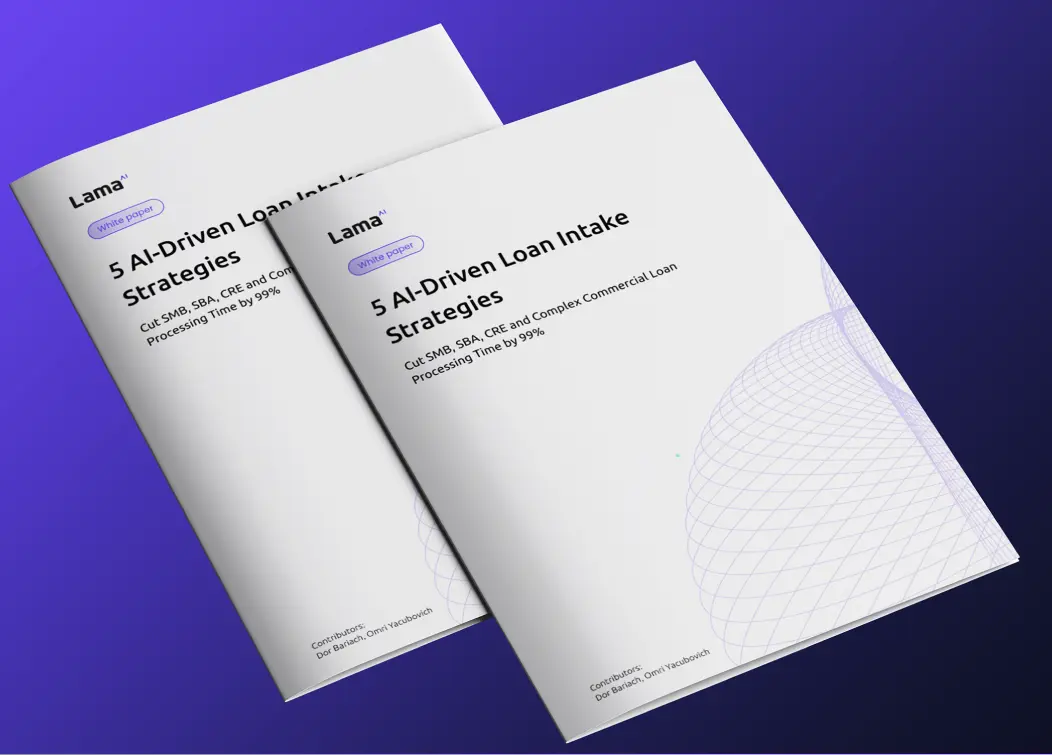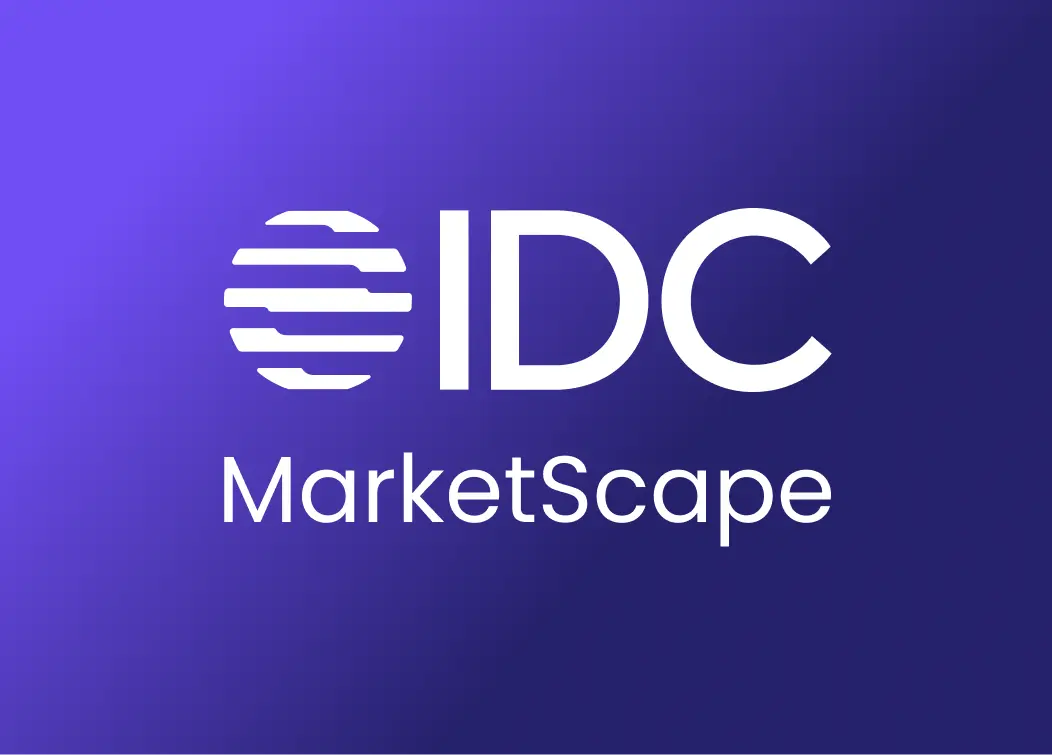How To Win In Business Lending: Part 1

Interview Notes
It was a pleasure speaking with Ron Shevlin, one of the smartest thinkers in fintech and banking. Ron is the Chief Research Officer at Cornerstone Advisors and a senior contributor for Forbes, and has been consulting in financial services for over 30 years. He sees trends before the crowd and isn’t afraid to let the industry know when and how they are lagging behind. During our conversation, I was struck by how Ron makes complex ideas sound simple, as well as by his encyclopedic understanding of how all of the moving parts of banking fit together.
“Banks can deeply understand an individual client, but lack environmental data and broader context.”
Ron Shevlin, Chief Research Officer at Cornerstone Advisors and Senior Contributor at Forbes
Interview
Ben Fried: For most people in fintech you probably need no introduction, but do you mind giving us a few words about yourself?
Ron Shevlin: I am chief research officer at Cornerstone Advisors and senior contributor for Forbes, where I write the Fintech Snark Tank blog.
I have been a consultant for over 30 years. I was with Forrester Research for about nine years, joined a smaller analyst firm (IT Group) in the Boston area for seven years, and then joined Cornerstone Advisors seven years ago to start a research practice. That’s 25 years of writing, research, and seeing almost everything in the banking industry.
Let’s start with a big topic. Should small business (SMB) lending be of interest to banks?
Absolutely, yes. The question isn’t whether or not to do it. The question for many banks is how to do it — not only from an operational and execution perspective, but how to really do it from a strategic perspective. This is a growth opportunity for a lot of midsize community banks, much more so than retail.
If you had to place a bet on a group of banks that will become the market leaders in SMB lending in 5–10 years, how would you select the banks in that group?
The three key threads that will characterize successful banks in the small business space are customer segmentation, integrated services, and introduction of new technologies.
First, let’s look at the segmented approach to the market that successful banks will take. There’s nothing that drives me crazier than sitting at conferences and hearing somebody say, “There are 39 million SMBs in the US”. The reality is, who cares? Twenty-nine million of those SMBs are “single shingle” firms. They’re not “true” small businesses. There are actually 9–10 million firms that are truly sustainable small businesses with significant revenue.
Similarly, the idea that all small businesses are created equal because they’re “small businesses” is nonsensical. There are industry specializations. Targeting retail merchants is very different from professional services, for example, or manufacturing companies.
The second common thread among the banks that will succeed is understanding they’re there to help small businesses manage their money and their finances. This isn’t simply about lending nor even simply about banking.
You can look to Square for a good model of success. They have an ecosystem of merchants and small businesses, and they provide a range of services that cut across all of the management areas of that small business, from payroll to accounting, banking, and lending. It’s about being an integrated services provider.
That is going to require a lot of banks to rethink their strategies, get into a lot more partnerships, and perhaps even make some nonbank acquisitions.
And then the third commonality across the successful banks will be incorporating new technologies and data sources into their lending algorithms and lending decisions. You have to be fast to compete against the ecosystem players.

You mention the need to truly understand your target segment. Is that where relationship banking fits in?
The term “relationship banking” isn’t really capturing the success criteria. If you look at what Square or Amazon does for the merchants on their platform, they’re not only not doing relationship banking, they’re not even doing relationship marketing or selling.
They’re ingrained into the fabric of their merchants, all the way from accounting, payroll, HR management, and payments, to banking and lending. So the concept of relationship banking is too narrow a concept.
Amazon can do what it does because not only does it have its tentacles deep inside any one particular merchant, but it also has a lot of merchants within a particular space. It can make good judgments about merchant A and say, “Is their cash flow or sales growth better than the other merchants in that space?”
That’s what banks are lacking. They have data about an individual firm in a relationship but miss the environmental pieces and the context. By focusing on particular segments, banks start to get better environmental data to help them make better lending decisions.
This isn’t simply relationship banking; it’s “ecosystem banking.”
So if a bank had access to similar data as Amazon, would the human relationship not matter as much as the banking industry seems to think it does today?
I want to emphasize both the micro aspect and the macro aspect here.
The micro aspect is knowing everything about that one particular client. The macro is understanding the bigger context of the environment, industry segment, etc. Historically, banks have looked at the macro only very generally, for general trends, for example.
If you’re a vertical SaaS application company, you get a pretty good view of what’s going on across a lot of similar businesses.
Technology is about augmenting the human relationship, not replacing it. If you own a small business, it absolutely augments our relationship for me as a banker to come to an SMB I serve and say, “We’ve been looking at your numbers against your industry segment. You’re lagging in some of these key areas, and we think we can help you here before you hit cash flow issues.”
The reality is that many small business owners might want to hear those messages from a human. It’s about being able to deliver those messages via various delivery mechanisms, not about replacing them.

Is there room for different types of banks with separate roles to play in lending? Are there sustainable advantages for banks with different models, or is this ultimately a “winner take all” industry?
The challenge that banks have is that the notion of community is shifting from a geographic construct to an affinity construct. I don’t think the idea that you have an advantage because you know your geographic community is sustainable in most geographies.
West Texas is a unique example, in that the geographic community is also an affinity community around oil and gas. However, in most other geographic locations, you don’t have that same sense of affinity.
Take Panacea Financial, which serves physicians, as an example. They are doing really well at gaining the trust of young physicians who have unique product needs. These young doctors leave school without good credit scores and often are overlooked by banks. On day one, these physicians are earning $150,000, and in year five, they’re earning $500,000. Yet they are still being overlooked by banks as bad credit risks.
The banks who think they know their geographic market better than everybody else are getting picked off by highly specialized challenger banks going after segments of the consumer or small business market.
Community banks that migrate to an affinity-based segmentation, rather than a geographic segmentation, have a long-term role to play in the ecosystem.

















.webp)


.webp)

.webp)





.webp)















